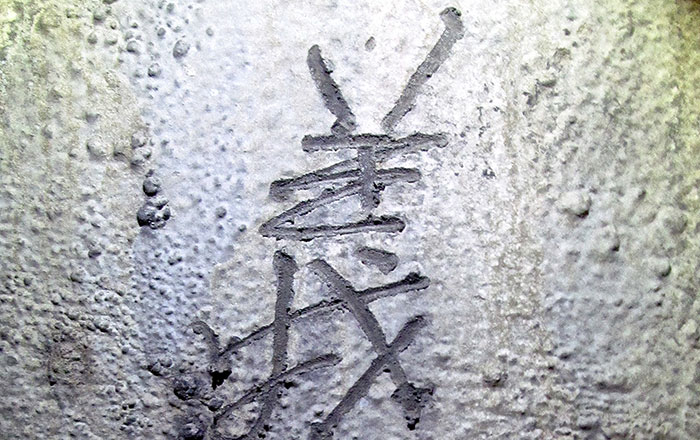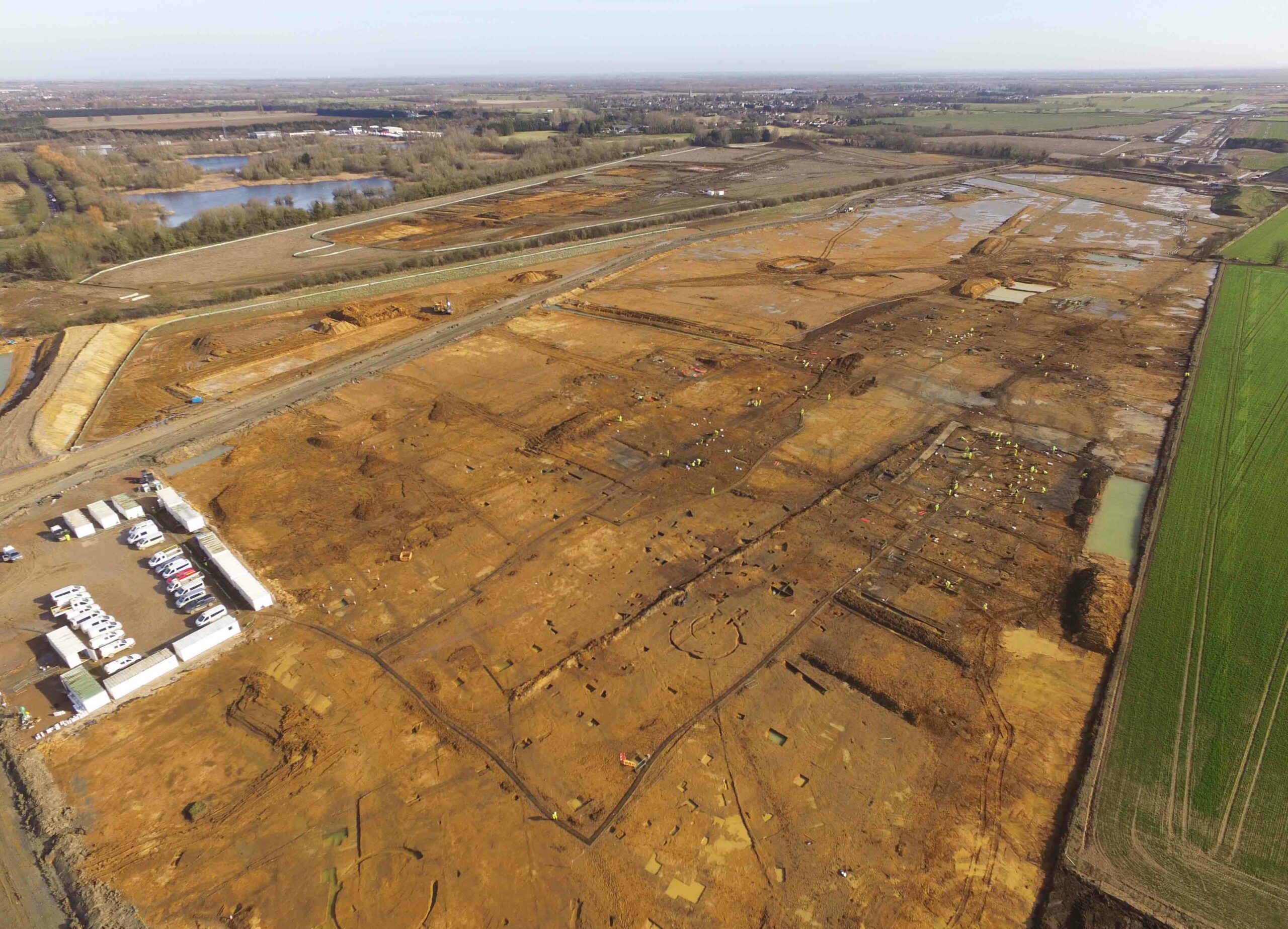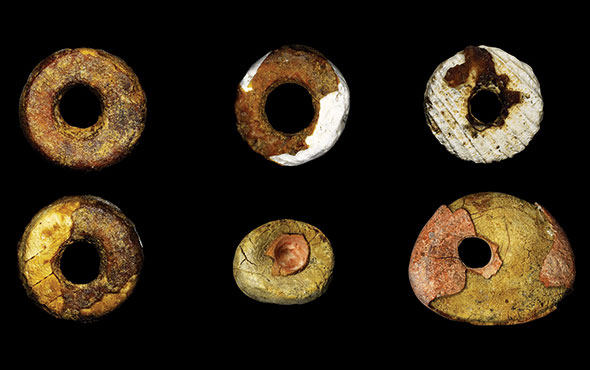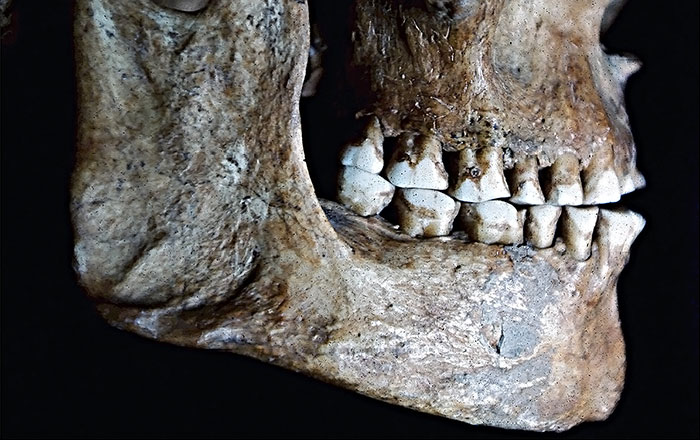
PARIS, FRANCE—The New York Times reports the creation of a virtual skull for the last common ancestor of living modern humans. A team of researchers led by paleoanthropologists Aurélien Mounier of the French National Museum of Natural History and Marta Mirazón Lahr of the University of Cambridge took CT scans of the skulls of 260 people living all over the world today, and also scanned the skulls of other extinct hominins, including 100,000-year-old skulls unearthed in Israel that are similar to those of living humans. The scientists then arranged the skulls on an evolutionary tree in order to predict what the skull of living humans’ common ancestor looked like some 300,000 years ago. They then compared the virtual skull with actual 300,000-year-old fossil skulls found in Morocco, Tanzania, South Africa, and Kenya. The differences between the virtual skull and the fossils indicate that there may have been three separate human populations in Africa, Mounier and Lahr suggest, and those from South Africa and Kenya may have merged to become the ancestors of today’s modern humans. The addition of more skulls could continue to alter the proposed virtual skull, Mounier said, adding, “There are a lot of things we can do, even without new fossils.” For more about the discovery 300,000-year-old hominin bones in Morocco, go to "Homo sapiens, Earlier Still," one of ARCHAEOLOGY's Top 10 Discoveries of 2017.










